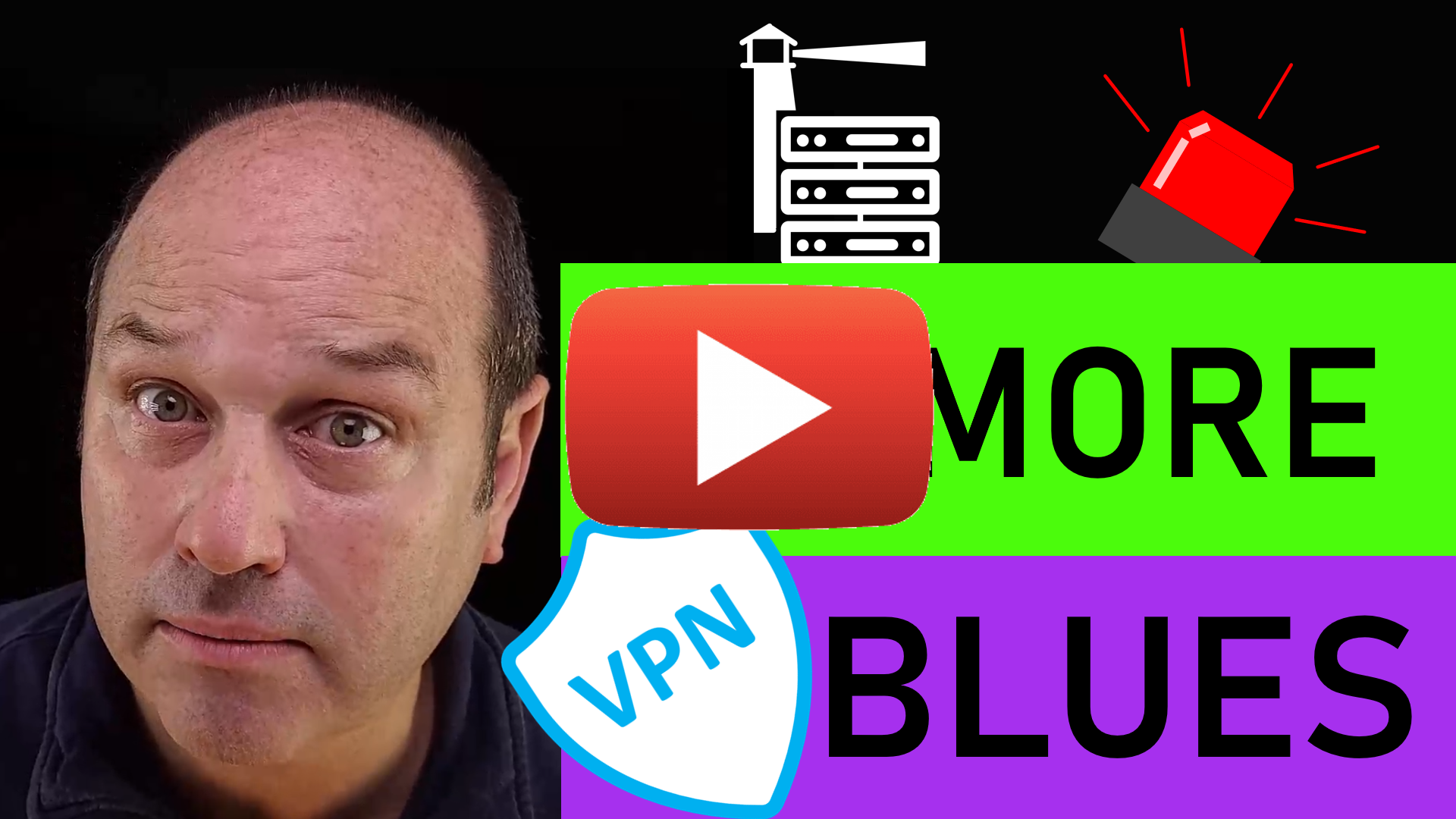Video Tutorials
Video Tutorials¶
The Alyvix Service video tutorials below can provide a complementary learning style to the written user guide. You will also find here videos describing the business case for Alyvix Service in your organization as well as implemented use cases for specific scenarios.
Installing Alyvix Service
The video version of the [installation instructions](https://alyvix.com/learn/server/install.html) in this user guide, showing you how to install Alyvix Service on a Windows machine to create an Alyvix Node.
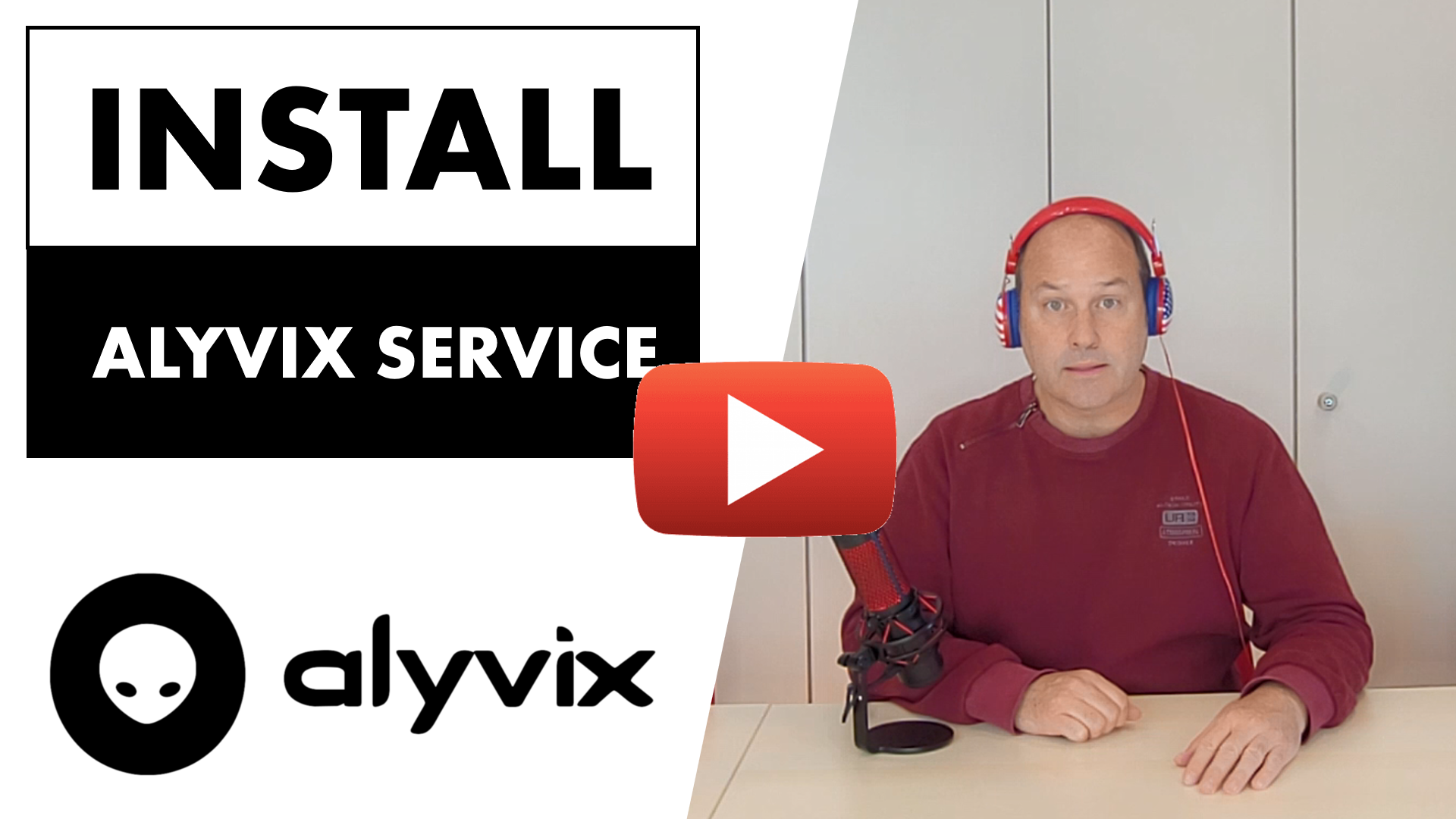
Installing the Alyvix-NetEye module
Here we lay out the reasons why you should use Synthetic Monitoring to keep tabs on the performance of your Outlook clients. The video describes the IT benefits of using Alyvix Service in an implemented use case at an IT company that extensively uses Microsoft’s email, calendar and contacts application to keep its employees and customers communicating smoothly.
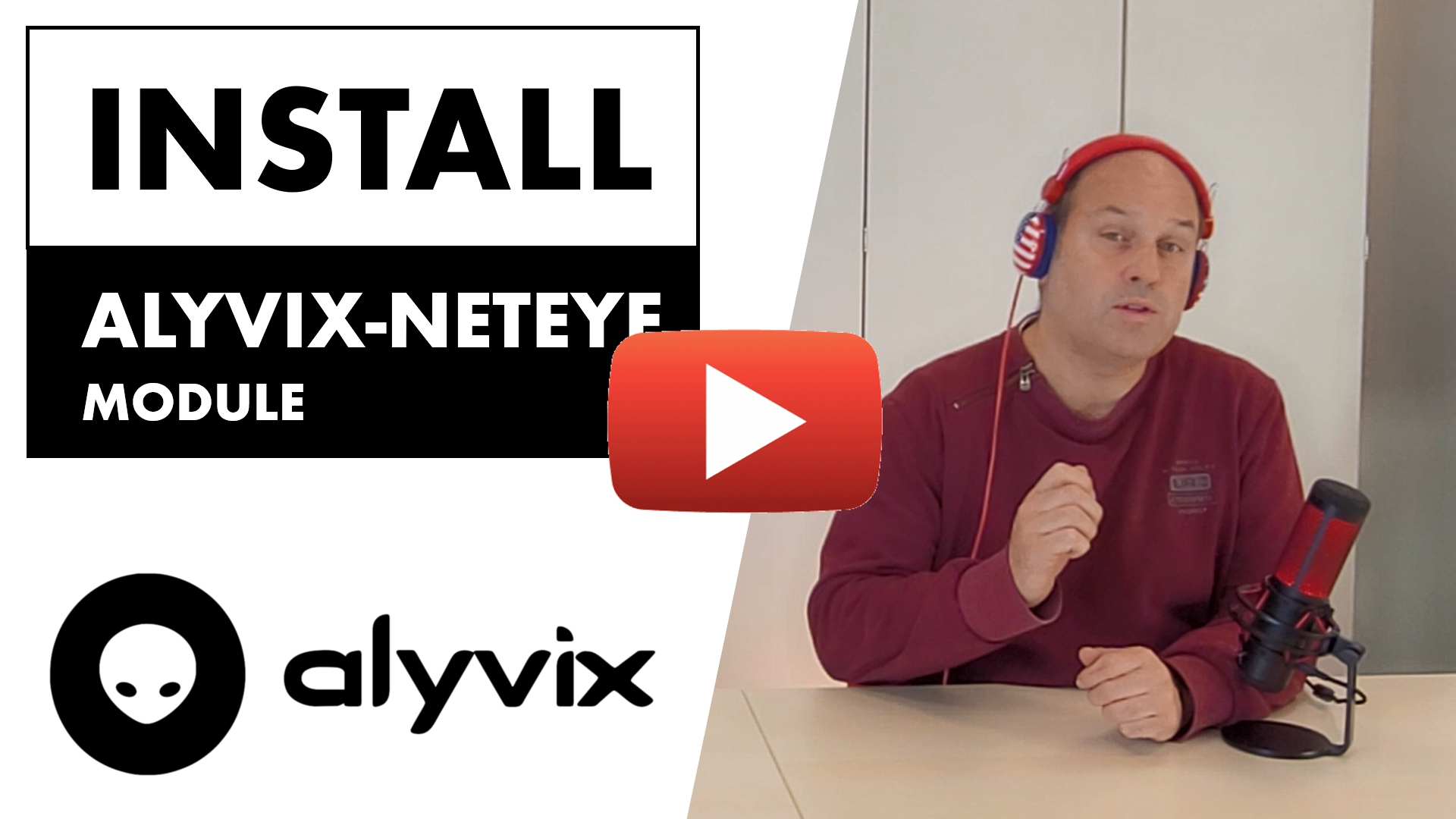
Enable Alyvix test cases in NetEye
This video shows you how to put a working Alyvix test case in the configured test case directory, add it to a session on an Alyvix Node, enable it to run at regular intervals, and then check one of the reports generated after each run.
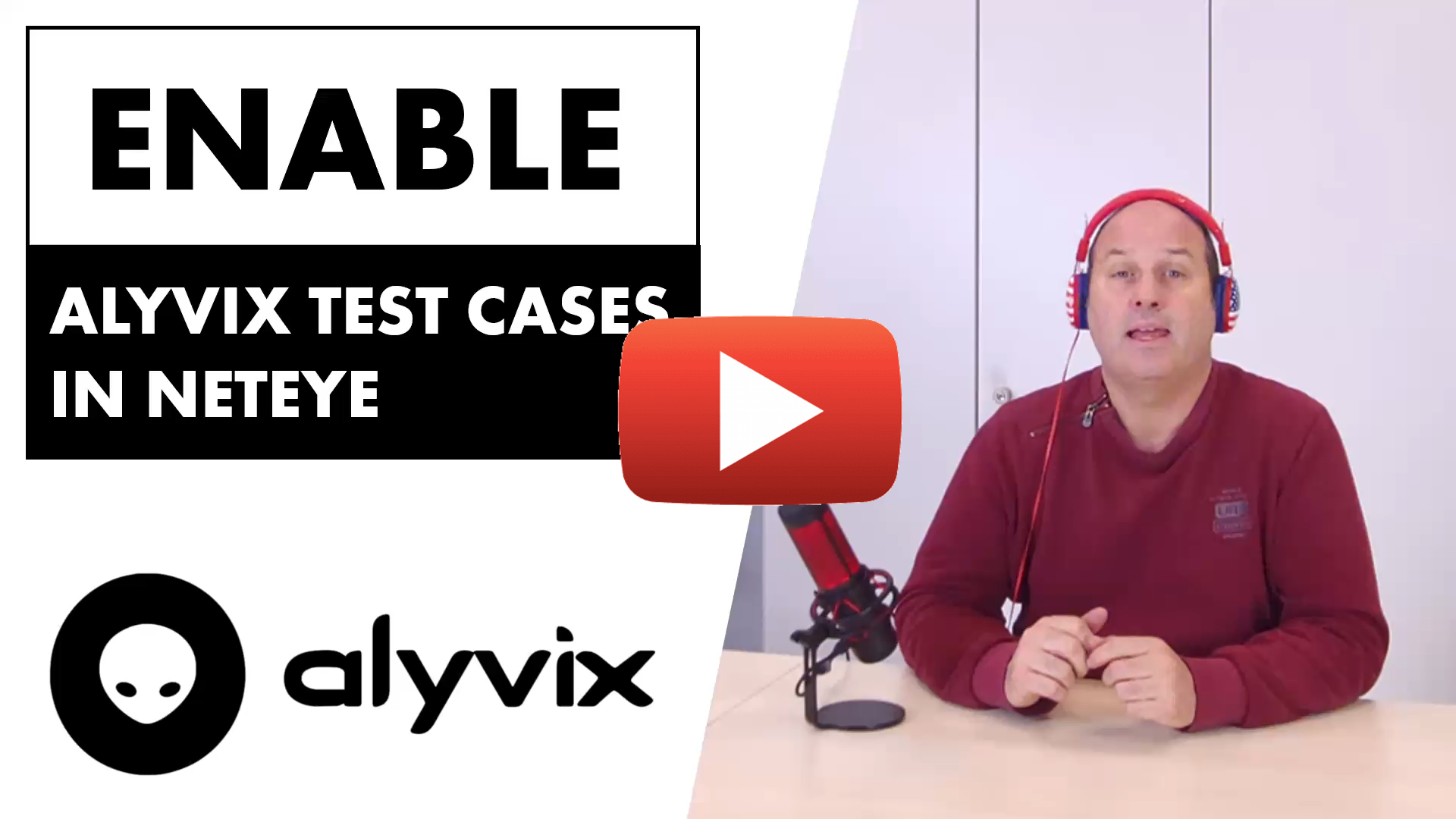
Build and run an Alyvix RDC test case in NetEye
This video takes a look at the entire Alyvix Service lifecycle when it’s used together with a monitoring system and focused on checking remote applications. We build a complete test case from scratch that uses Remote Desktop (RDC) to log in to a remote server, run an application there, and receive and review reports that include timing data and screenshots of each measured task step.
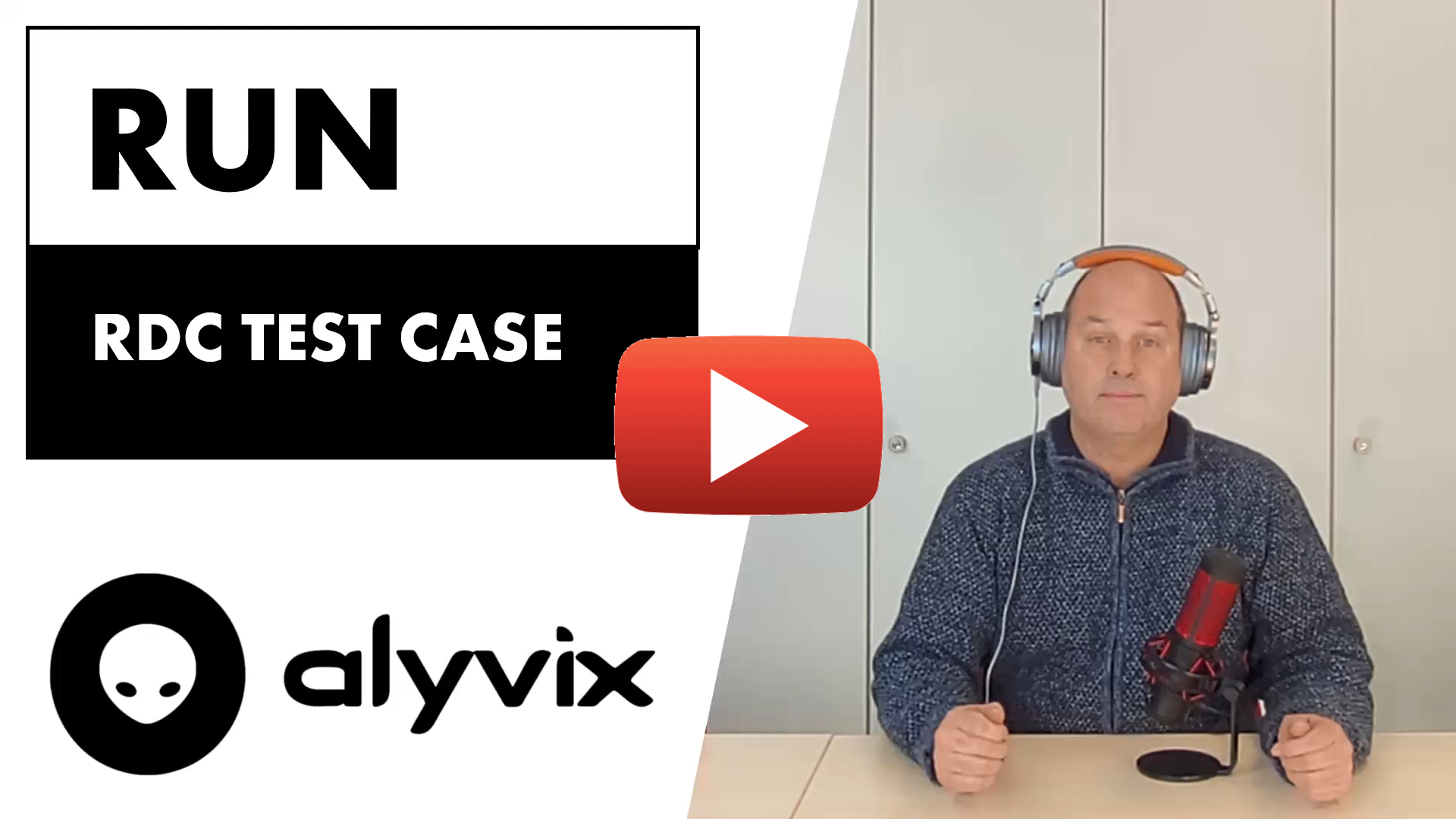
Visually monitor your app GUI with Alyvix
Inevitably one day your users or customers will try to use their services or apps on your servers and will find them unavailable. That’s why we have monitoring in IT: to minimize disruptions as much as possible. But if you rely only on traditional, hardware-based monitoring, you’ll still miss many service interruptions because an important app isn’t responding even though the hardware is working normally.
Visual Monitoring, which is what Alyvix and Alyvix Service provide, work together to monitor your app’s GUI just like a monitoring system runs hardware checks: Every few minutes, 24/7, Alyvix Service pretends to be a user trying to run specific tasks in the same app your users work with. And just like traditional monitoring, it delivers reports and historical data that you can use to diagnose specific problems with your apps, and even to help foresee service interruptions before they can affect your users.
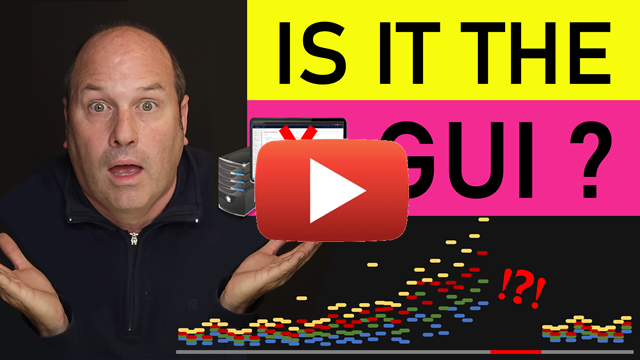
Remotely monitor your VPN with Alyvix
Having problems knowing when your workers can’t connect to the company VPN? If your internal monitoring says the VPN is fine, but your users say it’s not, then it’s probably time to give remote visual monitoring a try. Alyvix Service and Alyvix let you use your existing monitoring tools to see when users are having problems, and even fix them before they notice.
